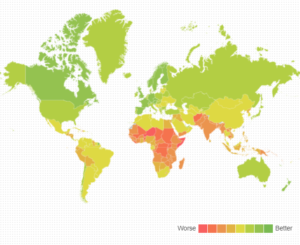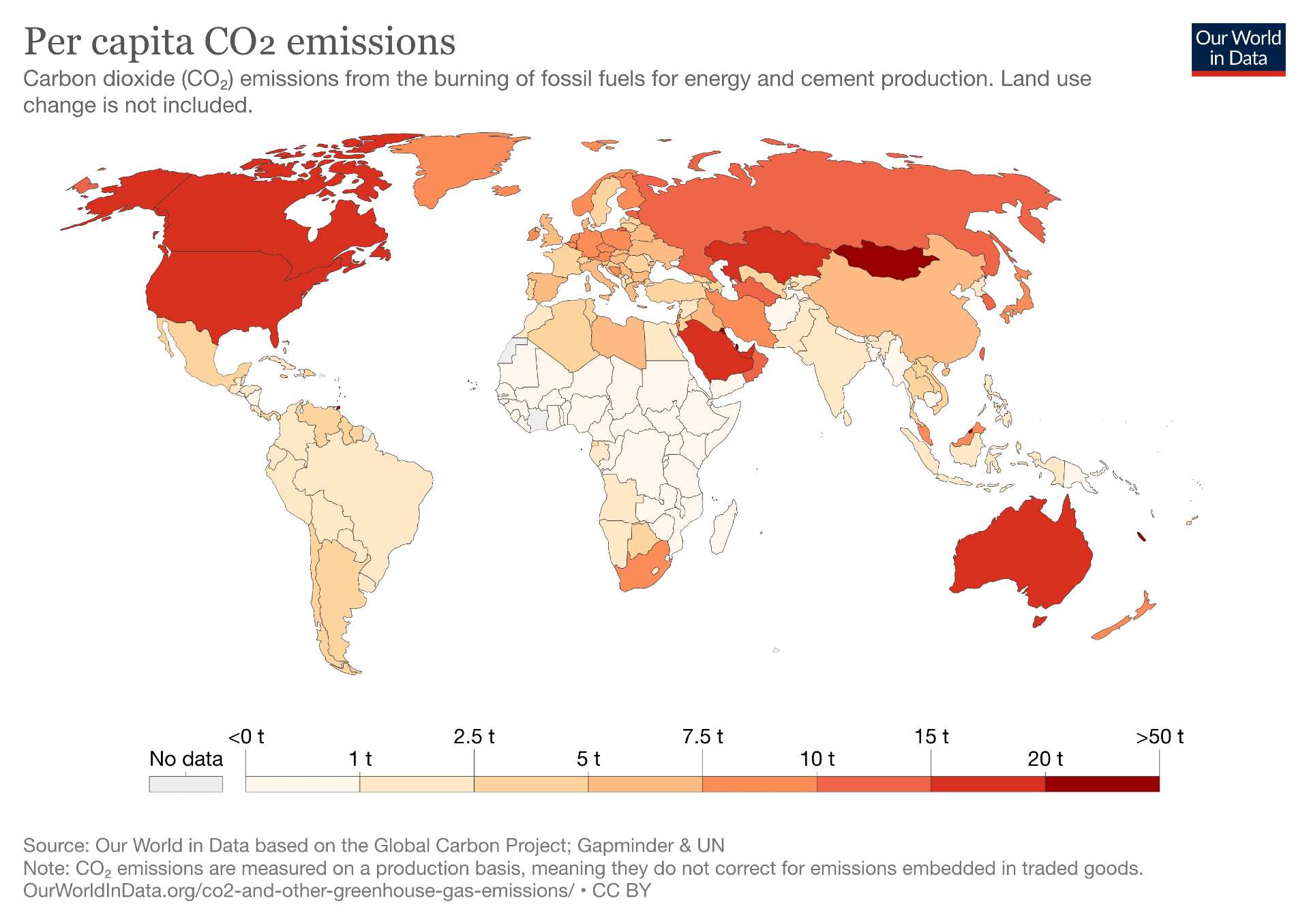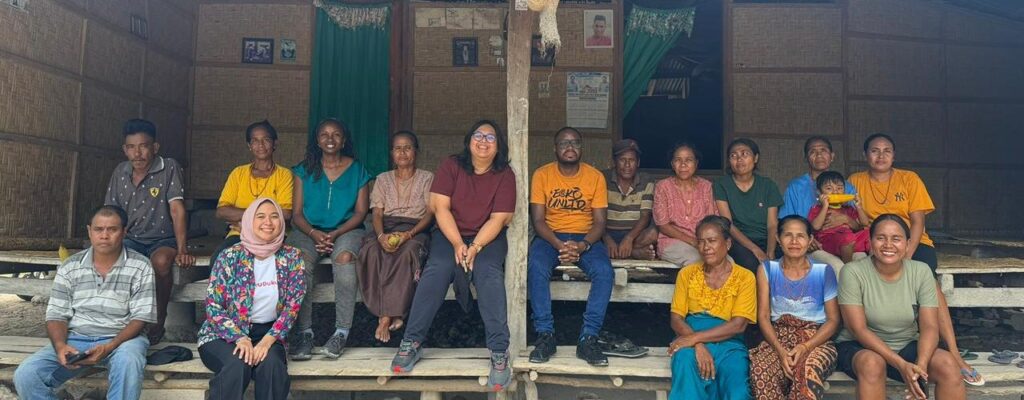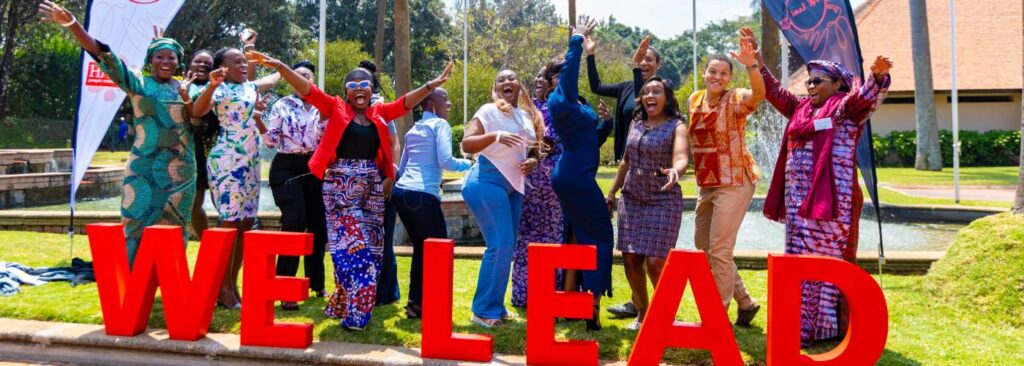I’ve needed several days to digest the latest Physical Science Basis report released by the Intergovernmental Panel on Climate Change (IPCC), as part of its Sixth Assessment Report on Climate Change (AR6). In particular, the 42-page Summary for Policy Makers took me through all the phases of grief: denial, anger, despair …. and I might now be entering into acceptance. As a mother of two, as a woman, and a climate practitioner from Ecuador, my grief and my acceptance can only turn into an urgent call for action. A call to put justice at the center of global climate action and the narrative we use to discuss it.
The latest knowledge and the global narrative
In its almost 4000-page report, the IPCC concludes – again, but now unequivocally – that climate change is real and that it is caused by human activities. The panel also confirms that the last four decades have been hotter than all previous ones, and that the climate crisis is already impacting all regions of the world. The report provides essential information for politicians, practitioners and citizens around the globe, but it is of course not new, nor is it enough. The IPCC’s dire assessment, for example, fails to mention who will be affected most by the climate crisis, who are the world’s worst polluters, and most crucially, what can actually be done to change this.
The transition to fair, climate-compatible development calls for the global community to move on from confirming and re-confirming that humans cause climate change. We must now also plainly state which humans, which systems, and which actors are responsible. Human activities cause climate change, but not all humans are equally responsible for it. In 2020, The Guardian revealed that 20 fossil fuel companies “can be directly linked to more than one-third of all greenhouse gas (GHG) emissions in the modern era.” And, when referring to cumulative GHG emissions between 1975 and 2019 by country, the United States is responsible for 25% of historical emissions, the European Union for 22% and China for 12.7% (Our World in Data 2020). Finally, if we analyze GHG emissions per capita (2019), i.e. the average person’s carbon footprint, Australia, the United States and Canada are on top of the list.
The reality is that there is a stark contrast between data showing historical responsibility and data showing climate change impacts and vulnerability. While the IPCC report rightly concludes that all regions in the world are experiencing the effects of the climate crisis, not all peoples, groups, and countries are – or will be – affected equally. Vulnerability to climate change is not only defined by physical exposure to its impacts. Vulnerability, according to the IPCC report, “encompasses a variety of concepts and elements including sensitivity or susceptibility to harm and lack of capacity to cope and adapt”. In other words: it is determined by surrounding socio-economic and political factors and, given global inequality and poverty, it is far greater in the Global South.
Vulnerability to Climate Change 2019

Source: Notre Dame Global Adaptation Initiative, 2021
Putting justice at the center of global climate action
So, climate change is a political, social and ethical issue. And it is mostly caused by an unsustainable development model that gradually destabilizes everything we rely on and hope for. A model that both creates an unequal distribution of wealth and power and exacerbates this inequality by disproportionately affecting those who are least responsible. Peoples and countries living in poverty and with long histories of oppression are the ones paying the highest costs of climate change, despite having contributed the least to the crisis.
The IPCC report on the Physical Science Basis will be followed by the other Working Groups’ reports on adaptation and mitigation. But the narrative, responses, and headlines around this first contribution to the IPCC AR6 report must relate its findings to people’s lives, their diverse realities and their needs. And their ability to counter the climate crisis. Translating the latest scientific knowledge into individual and collective action means showing people exactly what the crisis means for them and enabling their ability to take action. For example, analyze what the findings mean for a six-year-old girl who will be 35 in 2050 (like my daughter Maya) or for a woman in Africa who already faces drought and famine in 2021. We need real options for real people to do something about it, either individually or through political and advocacy movements.
Action to combat the climate crisis
One of the clear conclusions of IPCC’s WGI report is that avoiding catastrophic scenarios calls for a rapid transition to low-emission, climate resilient development. According to the report, the remaining carbon budget for keeping the temperature rise around 1.5°C (the safest scenario) in relation to 1850-1900 is 460 CO2 Gigatons, and for 2°C, 1310 Gigatons. Limiting global warming and avoiding its worst impacts will require humanity to cut global emissions by half this decade and achieve net-zero emissions by 2050, followed by varying levels of net negative CO2 emissions.
An urgent call for action
So, what can we do now? The actions that we can take personally are obvious and known: consume less, reduce waste, use renewable energy, eat less meat, and fly less, to name a few. But this is of course not enough. Global systems and entire industries have to change to combat the crisis. From Hivos’ perspective, there are at any rate four crucial steps we can take now that put justice, equity, and human rights at the core of climate action:
- Agreements, policies and regulations that promote just, and ambitious enough, climate action must be adopted and implemented at the local, national and international levels as soon as possible.
- Landmark climate litigation cases must set legal precedents and catalyze wider changes in how polluting industries and enabling governments are dealt with.
- Key rightsholders in the Global South must have improved access to climate finance, technology and markets, including from public and private sources.
- Renewed climate justice narratives, led by the voices and movements of key rightsholders, must be amplified to spark behavioral change across societies and help the global climate justice movement grow exponentially.
These four pillars of climate action both arise from and respond to the priorities of those who are disproportionally impacted by climate change.
But achieving global Climate Justice calls for coordinated, collaborative action like never before across all aspects of development. This means ensuring that vulnerable and low-income populations that have already suffered the most from natural resource extraction and ecosystem degradation– and simultaneously lead action in their climate-stricken communities- are finally included in decision and policy making, that they for once start to benefit from sustainable economic development. Now that we have no other choice than to rapidly transition to net-zero, climate resilient development, let’s make sure that local civil society and underrepresented groups have a central role as creators, advocates and beneficiaries of climate solutions.
See what Hivos already does in the area of Climate Justice





